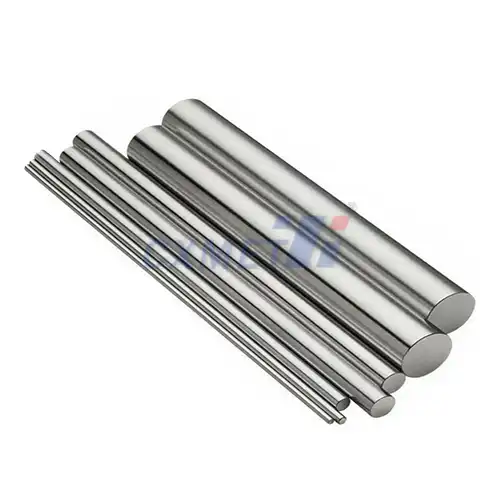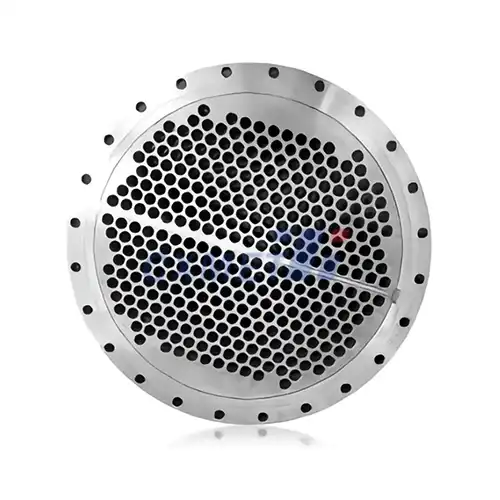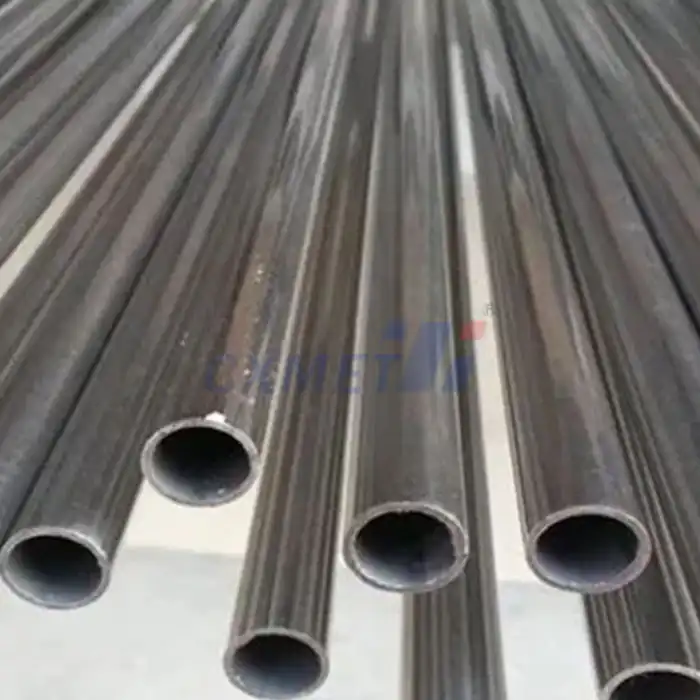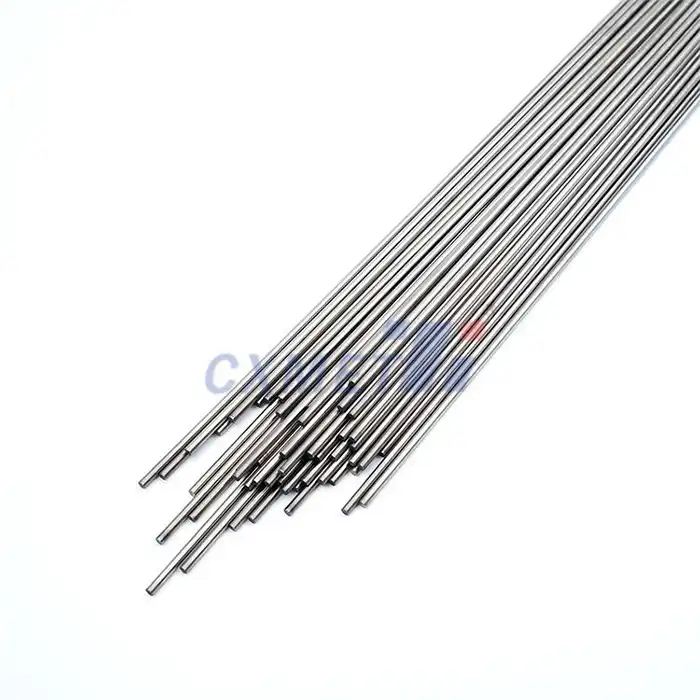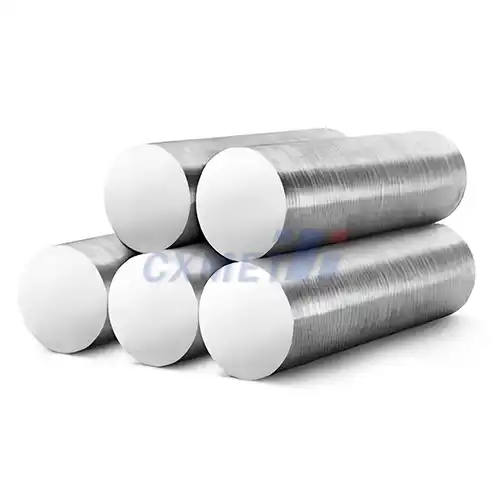- English
- French
- German
- Portuguese
- Spanish
- Russian
- Japanese
- Korean
- Arabic
- Greek
- German
- Turkish
- Italian
- Danish
- Romanian
- Indonesian
- Czech
- Afrikaans
- Swedish
- Polish
- Basque
- Catalan
- Esperanto
- Hindi
- Lao
- Albanian
- Amharic
- Armenian
- Azerbaijani
- Belarusian
- Bengali
- Bosnian
- Bulgarian
- Cebuano
- Chichewa
- Corsican
- Croatian
- Dutch
- Estonian
- Filipino
- Finnish
- Frisian
- Galician
- Georgian
- Gujarati
- Haitian
- Hausa
- Hawaiian
- Hebrew
- Hmong
- Hungarian
- Icelandic
- Igbo
- Javanese
- Kannada
- Kazakh
- Khmer
- Kurdish
- Kyrgyz
- Latin
- Latvian
- Lithuanian
- Luxembou..
- Macedonian
- Malagasy
- Malay
- Malayalam
- Maltese
- Maori
- Marathi
- Mongolian
- Burmese
- Nepali
- Norwegian
- Pashto
- Persian
- Punjabi
- Serbian
- Sesotho
- Sinhala
- Slovak
- Slovenian
- Somali
- Samoan
- Scots Gaelic
- Shona
- Sindhi
- Sundanese
- Swahili
- Tajik
- Tamil
- Telugu
- Thai
- Ukrainian
- Urdu
- Uzbek
- Vietnamese
- Welsh
- Xhosa
- Yiddish
- Yoruba
- Zulu
Mechanical Properties of Titanium 3Al-2.5V Grade 9 Sheet
2024-10-09 18:08:57
Titanium 3Al-2.5V Grade 9 Sheet, also known as Ti 3-2.5, is a high-strength alpha-beta titanium alloy that offers an excellent combination of strength, ductility, and corrosion resistance. This alloy is widely used in aerospace, marine, and industrial applications due to its superior mechanical properties and lightweight characteristics. In this blog post, we'll explore the key mechanical properties of Titanium 3Al-2.5V Grade 9 Sheet and address some common questions about its performance and applications.
What are the strength and ductility characteristics of Titanium 3Al-2.5V Grade 9 Sheet?
Titanium 3Al-2.5V Grade 9 Sheet exhibits impressive strength and ductility characteristics, making it a versatile material for various engineering applications. The alloy's strength is primarily attributed to its composition, which includes 3% aluminum and 2.5% vanadium. These alloying elements contribute to the formation of a fine-grained microstructure that enhances the material's mechanical properties.
The ultimate tensile strength (UTS) of Titanium 3Al-2.5V Grade 9 Sheet typically ranges from 620 to 795 MPa (90 to 115 ksi), depending on the specific heat treatment and processing conditions. This high tensile strength allows the material to withstand significant loads without failure, making it suitable for structural components in aerospace and marine applications.
In terms of yield strength, Titanium 3Al-2.5V Grade 9 Sheet demonstrates values between 480 and 655 MPa (70 to 95 ksi). The yield strength represents the stress at which the material begins to deform plastically, and the high values exhibited by this alloy ensure that it maintains its shape and integrity under substantial loads.
One of the standout features of Titanium 3Al-2.5V Grade 9 Sheet is its excellent ductility. The material typically exhibits an elongation of 10-15% at failure, which is particularly impressive considering its high strength. This combination of strength and ductility allows for complex forming operations and ensures that the material can withstand significant deformation without fracturing.
The alloy's ductility is further enhanced by its good cold workability, allowing for various forming processes such as bending, deep drawing, and spinning. This property is particularly valuable in the aerospace industry, where complex shapes and contours are often required for aerodynamic efficiency and structural integrity.
Moreover, Titanium 3Al-2.5V Grade 9 Sheet demonstrates exceptional fatigue resistance, which is crucial for applications involving cyclic loading. The material's high fatigue strength-to-density ratio makes it an ideal choice for components subjected to repeated stress cycles, such as aircraft structural members and engine parts.
The alloy's toughness is another noteworthy characteristic, with a fracture toughness typically ranging from 55 to 75 MPa√m. This property ensures that the material can resist crack propagation and sudden failure, contributing to the overall safety and reliability of structures and components made from Titanium 3Al-2.5V Grade 9 Sheet.
How does Titanium 3Al-2.5V Grade 9 Sheet perform in corrosive environments?
Titanium 3Al-2.5V Grade 9 Sheet is renowned for its exceptional corrosion resistance, which makes it a preferred material for applications in aggressive environments. The alloy's corrosion resistance is primarily attributed to the formation of a stable, adherent, and self-healing oxide layer on its surface, which provides protection against various corrosive media.
In marine environments, Titanium 3Al-2.5V Grade 9 Sheet demonstrates outstanding resistance to saltwater corrosion. The material is virtually immune to pitting, crevice corrosion, and stress corrosion cracking in seawater, making it an excellent choice for marine applications such as offshore oil and gas equipment, desalination plants, and naval vessels. Its superior performance in saltwater environments is particularly valuable in coastal and offshore industrial settings where other materials might rapidly degrade.
The alloy also exhibits excellent resistance to various acids, including hydrochloric acid, sulfuric acid, and nitric acid. This resistance to acidic environments makes Titanium 3Al-2.5V Grade 9 Sheet suitable for chemical processing equipment, heat exchangers, and other components exposed to corrosive chemicals in industrial applications.
In addition to its resistance to aqueous corrosion, Titanium 3Al-2.5V Grade 9 Sheet demonstrates good resistance to high-temperature oxidation. The material can maintain its protective oxide layer at elevated temperatures, typically up to about 600°C (1112°F). This property makes it suitable for applications in aerospace engines and industrial processes where exposure to high temperatures and potentially corrosive gases is common.
The corrosion resistance of Titanium 3Al-2.5V Grade 9 Sheet also contributes to its long-term durability and reduced maintenance requirements. In many applications, components made from this alloy can operate for extended periods without the need for replacement or significant maintenance, leading to improved reliability and reduced lifecycle costs.
It's worth noting that while Titanium 3Al-2.5V Grade 9 Sheet offers excellent corrosion resistance in most environments, it may be susceptible to stress corrosion cracking in certain specific conditions, such as in the presence of methanol or red fuming nitric acid. However, these limitations are well understood, and proper material selection and design considerations can mitigate any potential issues in such environments.
What are the key applications of Titanium 3Al-2.5V Grade 9 Sheet in aerospace and other industries?
Titanium 3Al-2.5V Grade 9 Sheet finds extensive use in various industries, with aerospace being one of its primary application areas. The material's combination of high strength, low density, and excellent corrosion resistance makes it an ideal choice for numerous components in aircraft and spacecraft.
In the aerospace industry, Titanium 3Al-2.5V Grade 9 Sheet is commonly used for:
1. Aircraft hydraulic and fuel tubing: The alloy's high strength-to-weight ratio and excellent corrosion resistance make it perfect for these critical systems.
2. Airframe structures: It is used in various structural components, including fuselage frames, wing spars, and bulkheads, where its high strength and fatigue resistance are crucial.
3. Engine components: The material's ability to withstand high temperatures and resist creep makes it suitable for compressor blades, discs, and other engine parts.
4. Nacelles and exhaust systems: Its corrosion resistance and high-temperature performance make it ideal for these exposed components.
5. Landing gear components: The alloy's high strength and good fatigue properties are valuable in this high-stress application.
Beyond aerospace, Titanium 3Al-2.5V Grade 9 Sheet finds applications in various other industries:
1. Marine industry: It is used in shipbuilding, offshore platforms, and submarine components due to its exceptional corrosion resistance in saltwater environments.
2. Chemical processing: The alloy's resistance to various corrosive chemicals makes it suitable for tanks, vessels, and piping in chemical plants.
3. Medical industry: Its biocompatibility and corrosion resistance make it a good choice for certain medical implants and surgical instruments.
4. Sports equipment: The material's high strength-to-weight ratio is utilized in high-performance bicycles, golf clubs, and other sporting goods.
5. Automotive industry: It is used in high-performance vehicles for components like exhaust systems, suspension springs, and valve springs.
6. Oil and gas industry: The alloy's corrosion resistance and strength make it suitable for downhole tools, risers, and other components exposed to harsh environments.
7. Power generation: It is used in steam turbine blades and other components in power plants due to its resistance to steam erosion and corrosion.
The versatility of Titanium 3Al-2.5V Grade 9 Sheet is evident in its wide range of applications across various industries. Its unique combination of mechanical properties, corrosion resistance, and relatively low density continues to make it a material of choice for engineers and designers seeking high-performance solutions in demanding environments.
As research and development in materials science progress, we can expect to see even more innovative applications for Titanium 3Al-2.5V Grade 9 Sheet in the future, further solidifying its position as a critical engineering material in advanced technologies and industries.
At SHAANXI CXMET TECHNOLOGY CO., LTD, we take pride in our extensive product range, which caters to diverse customer needs. Our company is equipped with outstanding production and processing capabilities, ensuring the high quality and precision of our products. We are committed to innovation and continuously strive to develop new products, keeping us at the forefront of our industry. With leading technological development capabilities, we are able to adapt and evolve in a rapidly changing market. Furthermore, we offer customized solutions to meet the specific requirements of our clients. If you are interested in our products or wish to learn more about the intricate details of our offerings, please do not hesitate to contact us at sales@cxmet.com. Our team is always ready to assist you.
References
1. Boyer, R., Welsch, G., & Collings, E. W. (1994). Materials Properties Handbook: Titanium Alloys. ASM International.
2. Peters, M., Kumpfert, J., Ward, C. H., & Leyens, C. (2003). Titanium alloys for aerospace applications. Advanced Engineering Materials, 5(6), 419-427.
3. Donachie, M. J. (2000). Titanium: A Technical Guide. ASM International.
4. Lutjering, G., & Williams, J. C. (2007). Titanium. Springer Science & Business Media.
5. Inagaki, I., Takechi, T., Shirai, Y., & Ariyasu, N. (2014). Application and features of titanium for the aerospace industry. Nippon Steel & Sumitomo Metal Technical Report, 106, 22-27.
6. Veiga, C., Davim, J. P., & Loureiro, A. J. R. (2012). Properties and applications of titanium alloys: A brief review. Reviews on Advanced Materials Science, 32(2), 133-148.
7. Leyens, C., & Peters, M. (Eds.). (2003). Titanium and titanium alloys: fundamentals and applications. John Wiley & Sons.
8. Schutz, R. W., & Watkins, H. B. (1998). Recent developments in titanium alloy application in the energy industry. Materials Science and Engineering: A, 243(1-2), 305-315.
9. Yamada, M. (1996). An overview on the development of titanium alloys for non-aerospace application in Japan. Materials Science and Engineering: A, 213(1-2), 8-15.
10. Rack, H. J., & Qazi, J. I. (2006). Titanium alloys for biomedical applications. Materials Science and Engineering: C, 26(8), 1269-1277.
